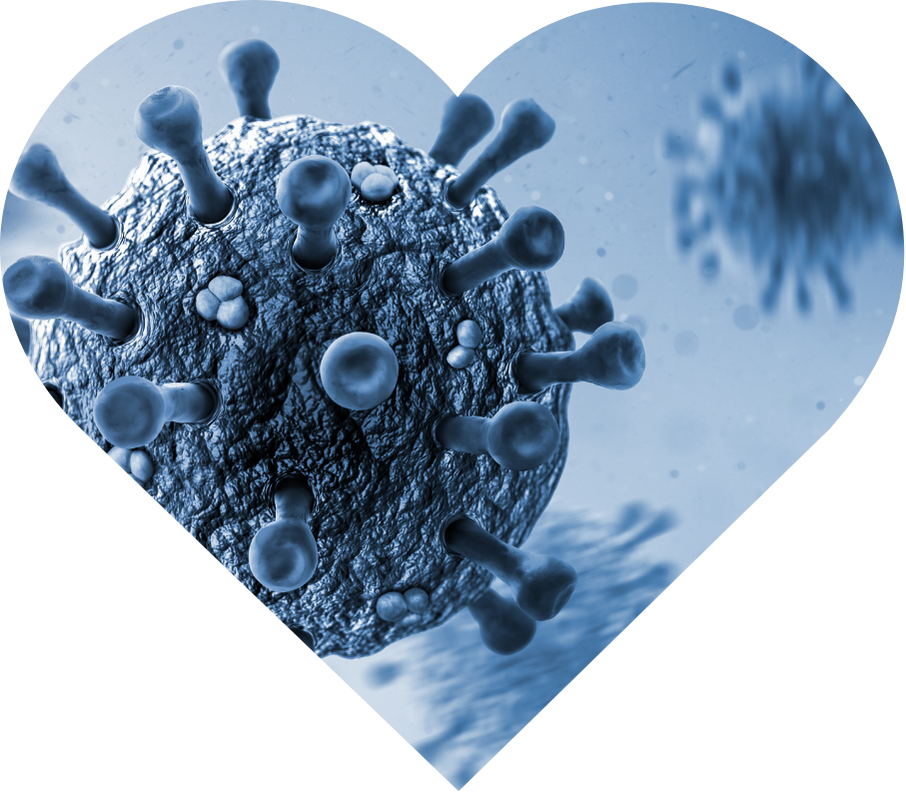Imagine your immune system as an elite team working quietly in the background: it operates efficiently until a barrage of emails, deadlines, and worries triggers a constant alarm. Then the team loses focus, makes mistakes, and either overreacts or responds too late. Stress reduction is not a luxury of wellness but a leadership tool for your internal defense team. Those who relax purposefully become more resilient – both mentally and immunologically.
Stress is initially a sensible alarm signal. The body activates the HPA-axisthe stress regulation system composed of the hypothalamus, pituitary gland, and adrenal glands, which releases cortisol. In the short term, this helps to concentrate focus and energy. The problem arises when acute stress becomes chronic stress. Then, the immune balance shifts: pro-inflammatory signaling molecules increase, and protective mechanisms weaken. Central to this are the autonomic nervous systeminvoluntary nervous system that controls heart, breathing, digestion and the psychoneuroimmunological axisinterconnection of psyche, nervous, hormonal, and immune systems. Sleep, breathing, movement, and social connectedness modulate these systems daily – thereby influencing your susceptibility to infections, regeneration, and performance.
Chronic stress disrupts the HPA axis: cortisol regulation falters, receptors become less sensitive, and the inclination for inflammation increases – a breeding ground for infections and autoimmune processes [1]. A lack of physical activity exacerbates the problem: reduced fitness, unfavorable body composition, and elevated inflammatory markers such as interleukin-6 and C-reactive protein have been observed in inactive older adults, accompanied by a decline in immune-active cells [2]. Alcohol as a "stress relief" acts paradoxically: population data show non-linear relationships with immune cell profiles; higher consumption tips the balance and can compromise immune homeostasis [3]. Social isolation increases the inflammation burden, worsens functional health, and is associated with higher long-term mortality – social networks are true immune resources [4]. Finally, sleep organizes the daily immune rhythm: nightly cortisol suppression and vagal dominance promote the adaptive immune response – sleep deprivation disrupts this rhythm [5].
Multiple lines of research demonstrate how stress reduction measurably strengthens immunity. In a randomized controlled study of medical students, a 12-week supervised yoga program mitigated typical stress responses before exams: heart rate and blood pressure remained more stable, cortisol spikes were lower, and the cellular immune response (IFN-γ) was less suppressed than in the control group. This suggests a protective, psychoneuroimmunological effect of regular practice [6]. A review of yoga underscores this direction: yoga combines breathing, mindfulness, and movement and shows immunomodulatory effects, although the cellular mechanisms need further specification. For high performers, this is relevant because the method simultaneously promotes mental and physical adaptation [7].
In parallel, an observational study on older adults reveals the effects of inactivity: with the pandemic-related reduction in movement, VO₂max and strength declined, while fat mass and inflammatory markers increased, and immune cells diminished. Active participants showed the opposite – a direct indication that movement reduces the inflammatory burden and stabilizes immune function [2]. Additionally, a review on breathing confirms that slow, nasal, diaphragmatic breaths increase vagal activity and heart rate variability, reduce cortisol, and improve emotional control. A structured 5-5-2 breathing rhythm could serve as a practical protocol to regulate the autonomic nervous system and build stress buffers [8]. Together, these findings provide a consistent picture: behavioral levers – sleep, breathing, movement, social connection – calibrate the stress axes and thus enhance immune resilience.
- Establish a sleep corridor: 7–9 hours in a dark, cool room, with fixed bedtime and wake-up time. Aim: to support nightly cortisol suppression and the T-cell homing phase [5].
- Use the A52 breathing protocol: 5 seconds in, 5 seconds out, 2 seconds hold; 5–10 minutes, 2–3 times a day or before meetings. Promotes vagal tone, lowers cortisol, increases emotional control [8].
- Integrate "immune training" with yoga: 2–3 sessions per week of 35–60 minutes. Combine movement sequences with breathing and short meditation. Expected: lower stress reactivity and more stable cellular immune markers [6] [7].
- Move minimally effectively on inactive days: 8–10k steps, 2–3 strength blocks (each 20 minutes) per week. Aim: maintain VO₂max and muscle mass, keep inflammatory markers low [2].
- Social as medicine: plan weekly "connection times" (shared meals, walk-and-talk, club activities). Social support acts as a stress buffer and could be immunoprotective [9]; avoid isolation, as it correlates with increased inflammation and mortality [4].
- Strategically minimize alcohol: no stress coping through drinks. If consumed, clearly limited and not daily; higher consumption disturbs immune homeostasis [3].
The future belongs to precise, practical stress interventions: personalized sleep and breathing protocols, adaptive movement plans, and targeted social "doses." Longitudinal, multimodal studies will clarify how much HPA dysregulation can be reversed and which combinations maximally improve stress resilience and immune function [1] [8]. Until then, remember: small, consistent levers switch your defense team from alarm mode to performance mode.
This health article was created with AI support and is intended to help people access current scientific health knowledge. It contributes to the democratization of science – however, it does not replace professional medical advice and may present individual details in a simplified or slightly inaccurate manner due to AI-generated content. HEARTPORT and its affiliates assume no liability for the accuracy, completeness, or applicability of the information provided.













